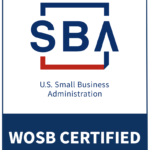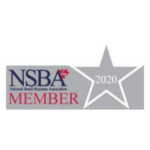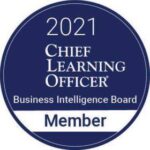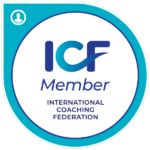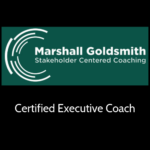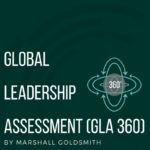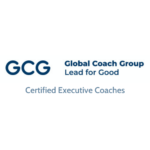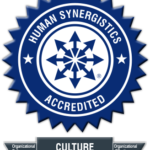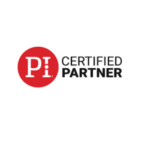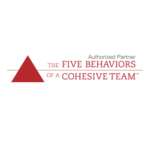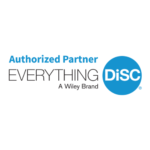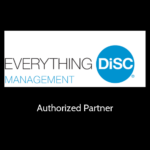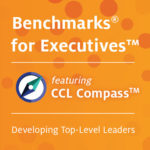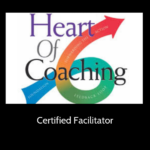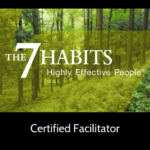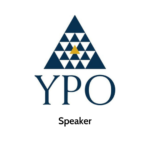OPTIMIZING INFLUENCE AND IMPACT THROUGH BASIS OF POWER
How leaders maximize power influences themselves, others, and the culture of the organization. The power dynamics strategized and played are pivotal in shaping behavioral norms and expectations that lead to organizational vitality. Too often “power” underscores exactly what is needed to realize business success.
In business, power is sliced into two dimensions: organizational basis of power and personal basis of power. Understanding the distinctions between these dimensions is essential for defining and executing strategy, talent management, organization and leadership effectiveness and development, resiliency, managing risk, and maintaining business success. Let’s look at the two dimensions of power in business:
WHAT IS ORGANIZATIONAL BASIS OF POWER
Organizational basis of power refers to the capabilities or limits of influence and authority derived from an individual’s position bestowed due to their roles, responsibilities, and hierarchical placement within the company. This type of influence is sometimes perceived as negative and may promote passive/defensive and aggressive/defensive norms and expectations. Key sources of organizational power include:
- LEGITIMATE POWER: Legitimate power emanates from an individual’s formal position in the organizational structure. This power is associated with the authority to make decisions, give orders, and allocate resources based on the individual’s position. This power results in internal exclusiveness or silos, competitiveness, perfectionism, resistance, withholding, and behaviors of being opinionated, judgmental, critical, or blaming.
- REWARD POWER: Reward power is derived from control over desirable extrinsic outcomes, the ability to offer rewards, such as promotions, raises, or bonuses. Reward power motivates employees to comply with directives and achieve desired outcomes and too often plays out into favoritism, friction, dissent, and discord.
- COERCIVE POWER: Coercive power is rooted in the ability to punish and administer negative consequences for non-compliance. This power tends to lead to behaviors of resentment, reactiveness, and resistance.
- INFORMATIONAL POWER: Informational power arises from an individual’s control over valuable information. People who possess critical knowledge or data can influence decision-making and outcomes. This power often results in internal competition, defensiveness, mixed messaging, and lack of commitment.
WHAT IS PERSONAL BASIS OF POWER
Personal basis of power, in contrast, counts on the capabilities of an individual’s personal characteristics, skills, and relationships to responsibly influence and gain recognition within the organization. Personal power is not conferred by one’s position in the hierarchy; it is learned through courage, humility, discipline, credibility, and competence. Key sources of personal power include:
- EXPERT POWER: Expert power emerges from an individual’s knowledge, skills, and technical expertise and competency in a particular function or domain. This power leads to building capacity for trust, respect, credibility, commitment, and followership.
- REFERENT POWER: Referent power brings to light an individual’s likability, charisma, and ability to build strong and effective relationships. People are inclined to follow those they trust, accept, admire, and respect.
- CONNECTION POWER: Connection power is derived from an individual’s ability to leverage their connections, relationships, and network both within and outside the organization to gain support and resources that align to organization strategy and philosophy.
- EXCHANGE POWER: Exchange power arises out of an individual’s willingness and responsiveness to be influenced by others. This power nurtures high levels of trust, acceptance, and curiosity while optimizing talent and maximizing excellence.
WHAT ABOUT POWER MATTERS
It is within the “HOW” organization, individuals, and teams exhibit and demonstrate power that matters. When practiced well, and consistently expected and demonstrated, both organizational and personal bases of power, positively will interact within the workplace dynamics. Individuals who align and are committed, recognize and engage in behaviors that create excellence throughout the levels of the organization:
ORGANIZATION
In practice, both organizational and personal basis of power interact within and throughout the workplace culture, climate, and environments. The types of behaviors that are exhibited and demonstrated in the workplace are foundational to business success. Let’s review those levels and what positive power might look and feel like:
LEADERS
Leaders who are strategic and competent in the use of power to influence are in-tune with the concept of willpower: the mental strength and self-discipline exercised to overcome obstacles, make effective decisions, and achieve organizational, team, and personal goals. They consistently uphold, communicate, and demonstrate supportive and effective behaviors that support the company and team’s ideal culture.
TEAMS
Effective and responsible leaders recognize that an aligned, and unique approach, incorporating strategic aspects of both dimensions, is crucial for fostering positive and constructive organizational culture, maintaining positive retention rates and employee engagement, building high performing teams, and overall business success.
EMPLOYEES/INDIVIDUAL CONTRIBUTORS
Influence is not just something that happens in the C-suite. Power is played out at all levels of the organization and shape the norms and behaviors of the people who make up the workforce. Employees, or individual contributors, are people who utilize power to get work done and influence each other. Effective and responsible employees who leverage power responsibly can create alignment, value, growth, and opportunity that fuels personal, team, and organizational success.
In summary, the distinction between organizational basis of power and personal basis of power accentuate the multifaceted nature of power dynamics in the workplace. Leaders and employees who understand and leverage these unique and different dimensions can navigate complex interactions, facilitate collaboration, and create environments that encourage both individual growth and organizational achievement. This understanding and willingness to commit to proper utilization is essential for realizing effectiveness, efficiency, and maximizing excellence.
~~~~~~~~~~~~~~~~~~~~~~~~~~~~~~~~~~~~~~~~~~~~~~~~~~~
About the Author: Lori Harris is Co-Founder/Co-Owner and Managing Partner of Harris Whitesell Consulting. She is an experienced Talent Management Executive providing world-class service in Organizational & Culture Effectiveness| Talent Optimization| Organizational, Executive, Leadership & Team Development & Coaching | People Data Expert | Author, Speaker, and Thought Leader.
Harris Whitesell Consulting, LLC., is a human resources and talent management consulting firm headquartered in Wilmington, North Carolina. Our mission is to create valued partnerships based on trust, excellence, and impact – from assessment to action. We offer assessment, coaching, development, culture and engagement, change and transition, talent optimization, and customer strategy solutions. Our team of certified and highly qualified experts maximize organizational and leadership effectiveness and business success by working with people and businesses to accelerate value, optimize growth and opportunities for their leaders, teams, and organizational success! We maximize excellence!
Learn more about our services – visit our website: https://harriswhitesellconsulting.com, email us at info@harriswhitesellconsulting.com, call us at +1 (910) 409-0202, and…connect, follow and reach out to us on LinkedIn at: https://www.linkedin.com/company/hwconsult.


